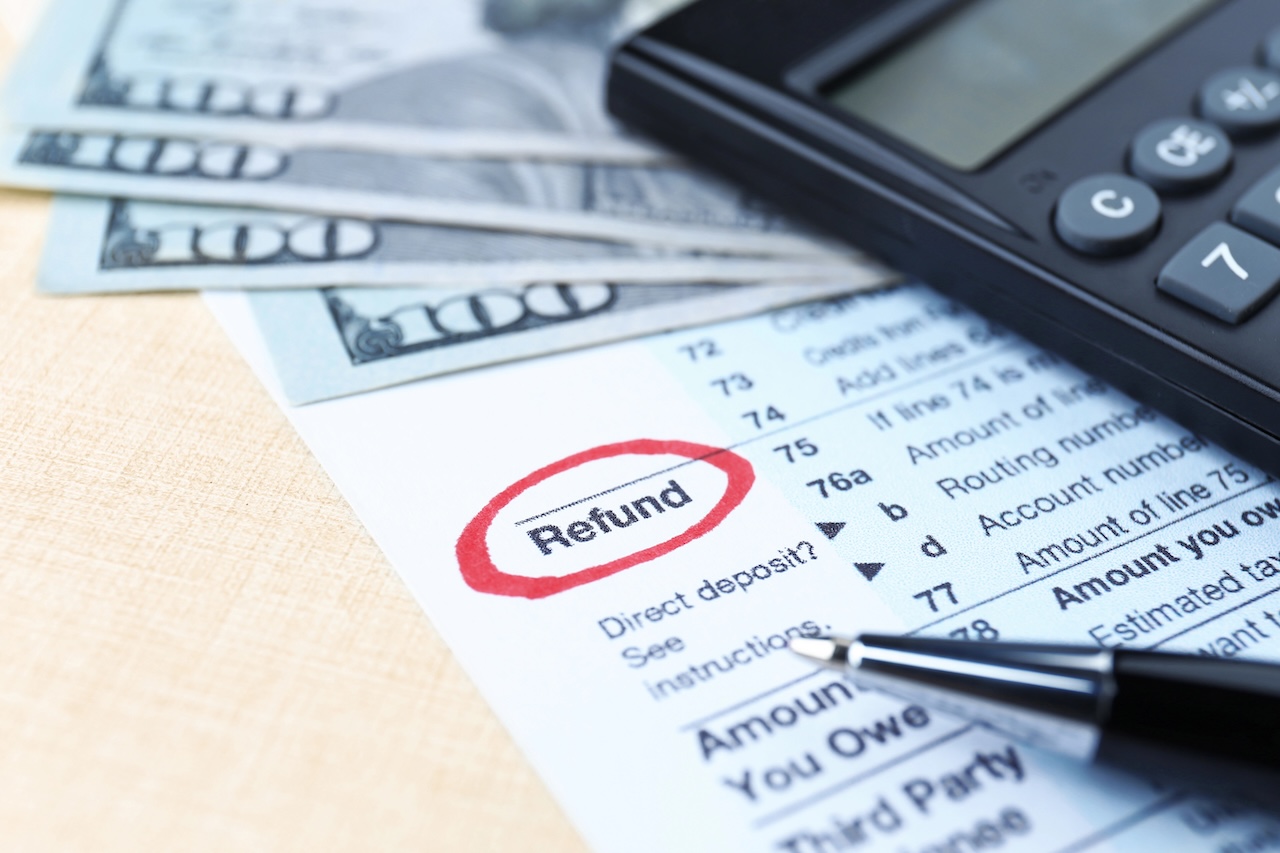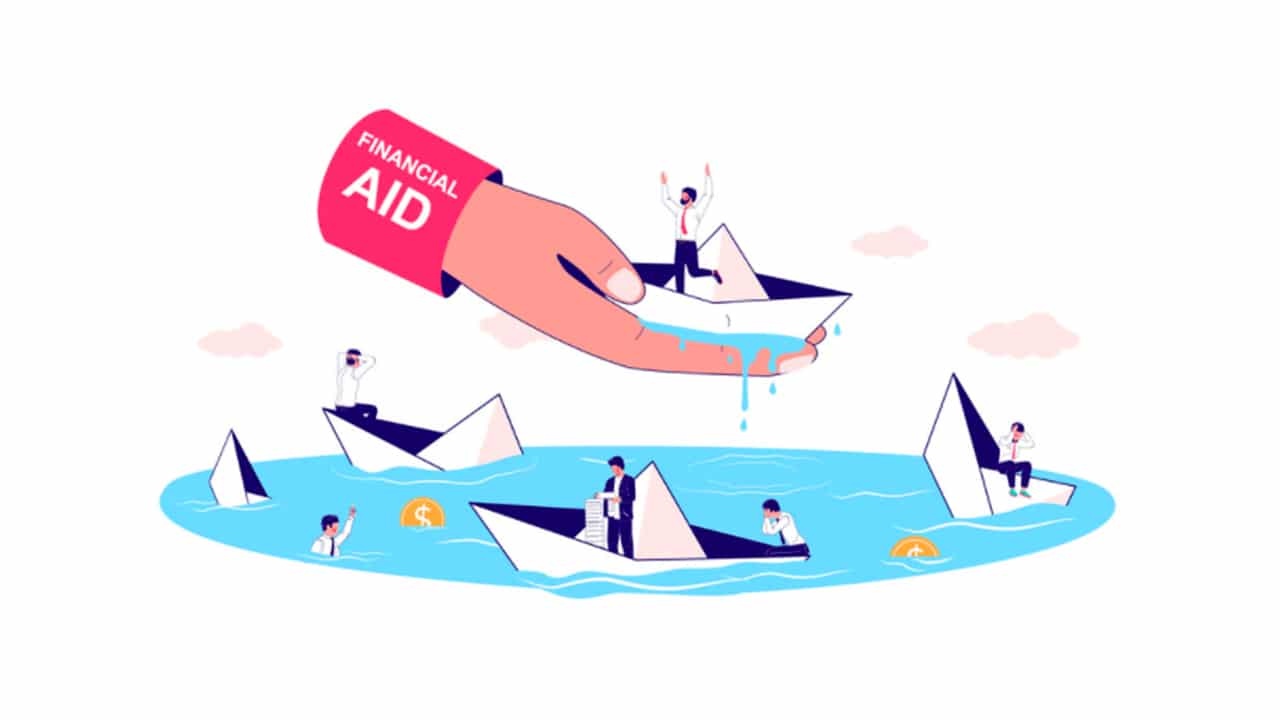How An “Affordable” Payment Isn’t


Ever wonder why everything is sold as a monthly payment? It’s not an accident.
Marketers have realized that if you take a big price and break it down into a series of smaller, more palatable payments, we are more likely to buy something. It’s called the Monthly Money Trap.
Depending on where you live, a house can be anywhere from a few hundred thousands dollars to several million. The median sales price of a home sold in the United States is $416,900.
That’s why a real estate agent will say that after a 10% down payment and a 30 year loan of 6.5%, the monthly payment is less than $3,000. (assumes $3,000 in property taxes and an annual $1,500 home insurance premium)
A $416,900 home with a 30 year mortgage? That’s scary.
But a $3,000 monthly payment? That’s doable. And that’s the trick.
But it’s also where the trap comes in.
Reframing total cost makes expensive things feel affordable.
It’s called the monthly money trap.
The monthly money trap is how we break down total cost into a monthly payment and then convince ourselves we can afford it. Or someone else convinces us we can afford it.
This is how the trap works. The human brain is bad at long term planning. We can imagine how life will be in a week. It’s pretty good at imagining what it’ll be like in a year. But extrapolate it out beyond that and it’s hard.
What will life be like in five years? Ten? If you had asked 20-year-old Jim what life would be like at 30, he would’ve gotten it wrong. At 40? Forget it.
Salespeople understand this. So you take a very big purchase, break it down into easy to digest monthly payments, and you can better understand how it fits in your budget.
In reality, we should look at the total cost of ownership and assess what that does to our finances.
On its own, this is not bad. This breakdown can help with planning, but only if you zoom out.
But you don’t stop with the monthly cost and make a decision based on that.
If you do, you can be convinced to spend more in total because the monthly payment is OK. You can play with the purchase, adjusting different factors, but the monthly cost only goes up a little bit.
Car dealerships are famous for this. Ignore the sticker price, ignore the total cost of ownership, ignore the fuel efficiency, and just look at the monthly payment.
In fact, they will play games with all the different loan terms to get to a monthly payment you will accept. They adjust the length of the loan, the interest rate, the amount of your trade-in or down-payment, and even throw in incentives… all to get you to say yes.
If you can afford to pay $750 a month on a car, here’s how the loan term affects the price you can pay with a 5% APR loan:
As you can see, you can afford more vehicle the longer the loan, but you pay more in interest as well.
Also, remember that’s just the sticker price. This doesn’t consider other costs like insurance, fuel, routine maintenance, etc. For that, Kelley Blue Book and other resources are good for figuring that out for your target vehicle.
You must recognize the tactic when someone uses it on you. Just like how you need to recognize someone trying to use scare tactics and scarcity (time is running out! It’s the last one! etc.), the monthly trap is a tactic too.
Always look at the total cost first. With the car example above, we can see that all three loan terms were supported by a $750 monthly payment.
The question you need to ask yourself is whether you want to pay all that interest to get into a higher priced car. If your plan is to switch cars every five years, getting a five year loan may not be the best idea for you. By the time you’ve paid off the loan, the value of the car will have fallen very far from $39,750.
KBB says new cars depreciate 30% over the first two years and then 8-12% each year after that. Assuming it only depreciates 8% a year after the first two years, your $39,750 car is worth only $21,667 – a loss of value of $18,083.
If you plan on driving the car into the ground, which could take 15 years, then depreciation isn’t an issue. The $48,385 spread across 15 years which makes it a mere $3,225 a year or $268 a month. Even when you add in the other variable costs (insurance, fuel, etc.), it still makes sense.
So the next time someone tries to sell you on a purchase with the monthly cost, you’re prepared.
Your monthly payment is just one piece of the puzzle. Before you commit, ask yourself what the purchase really costs and whether it’s something you want in your future plans.

Tax refunds in early 2026 could be $1,000 to $2,000 larger for many households due to retroactive tax law changes....

Why does it feel like large companies always get the upper hand? Maybe it’s the long contracts with fine print,...

What can you do if you can’t afford college? Maybe the financial aid award wasn’t enough, or you only want...